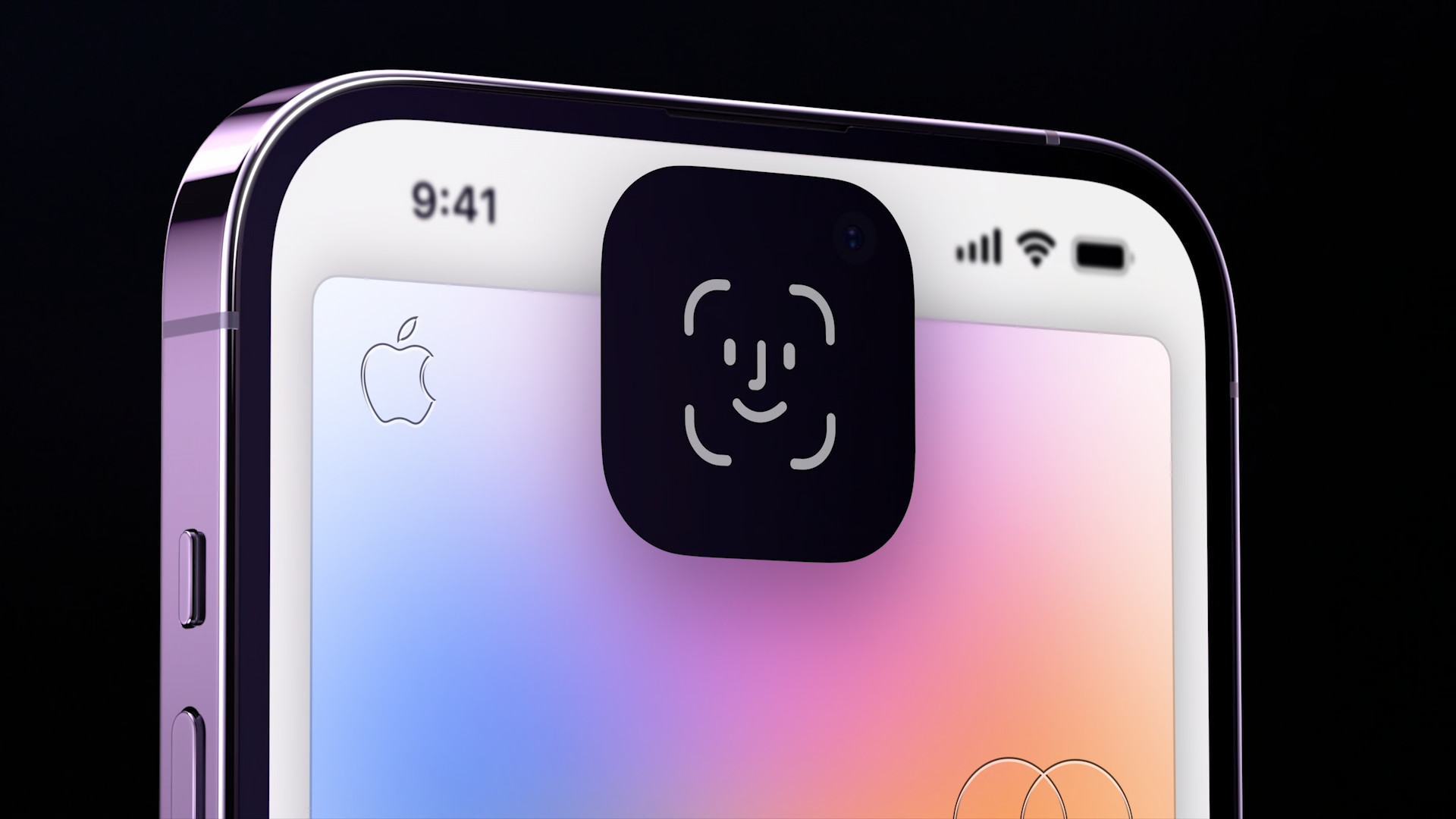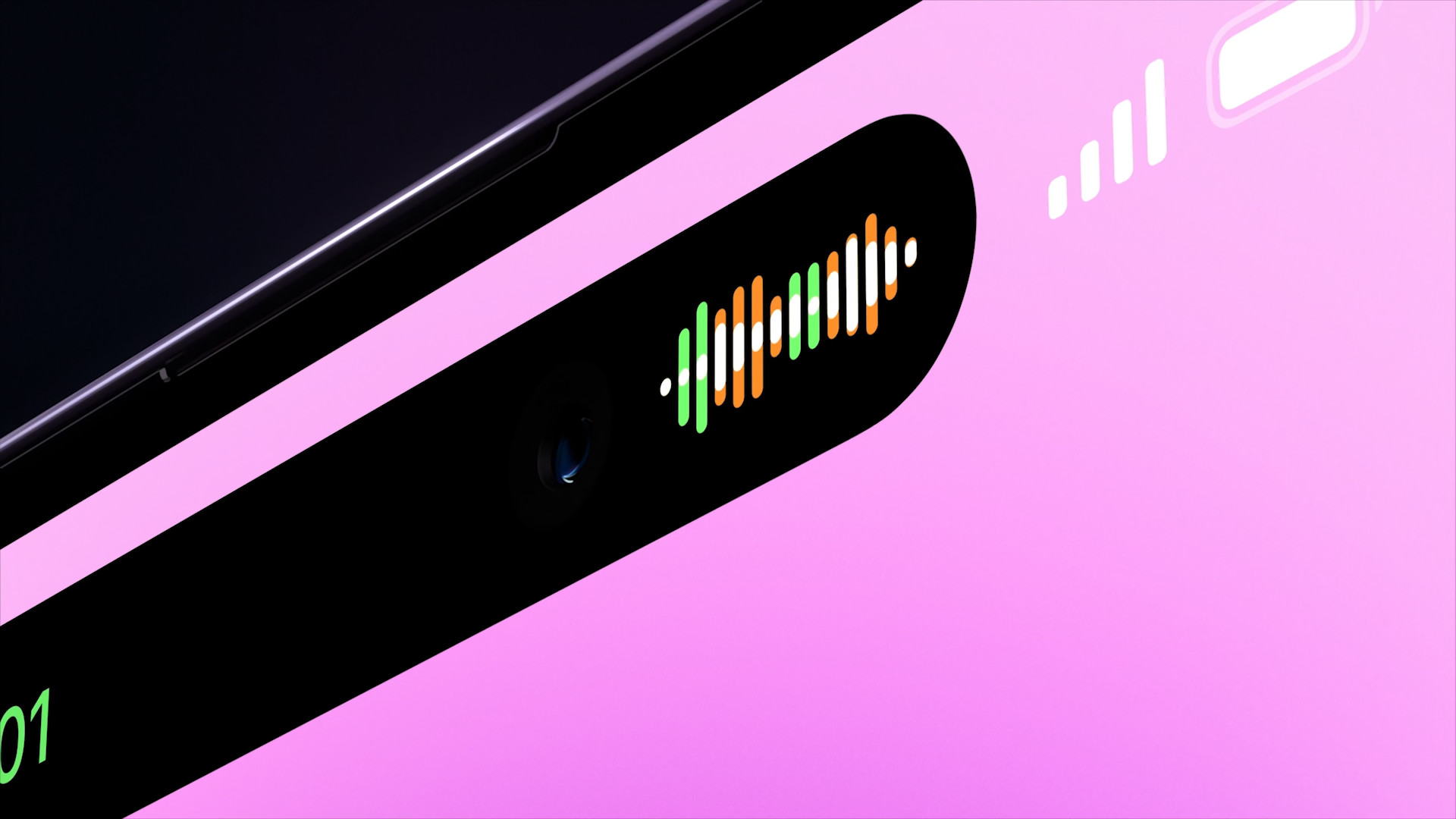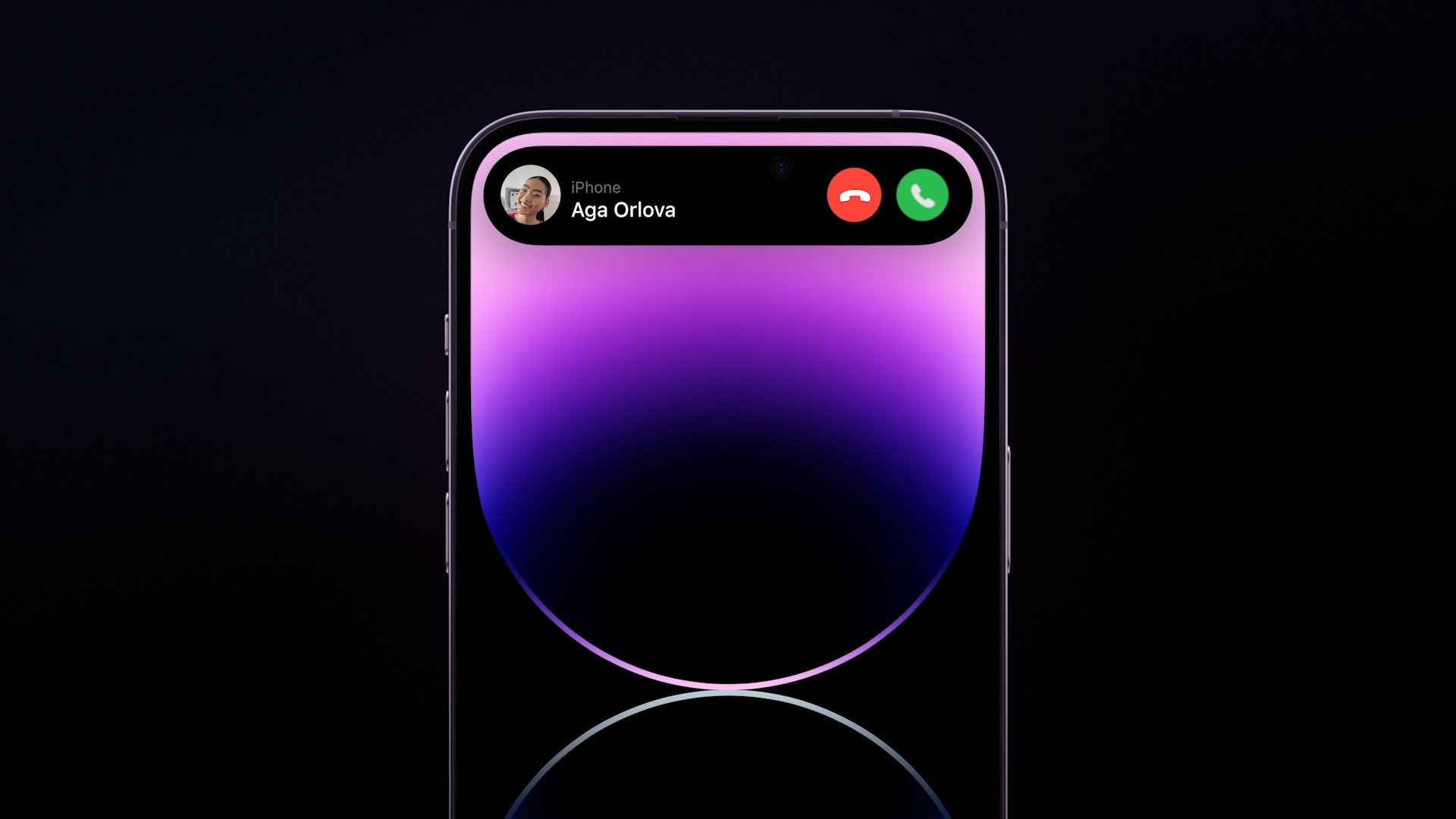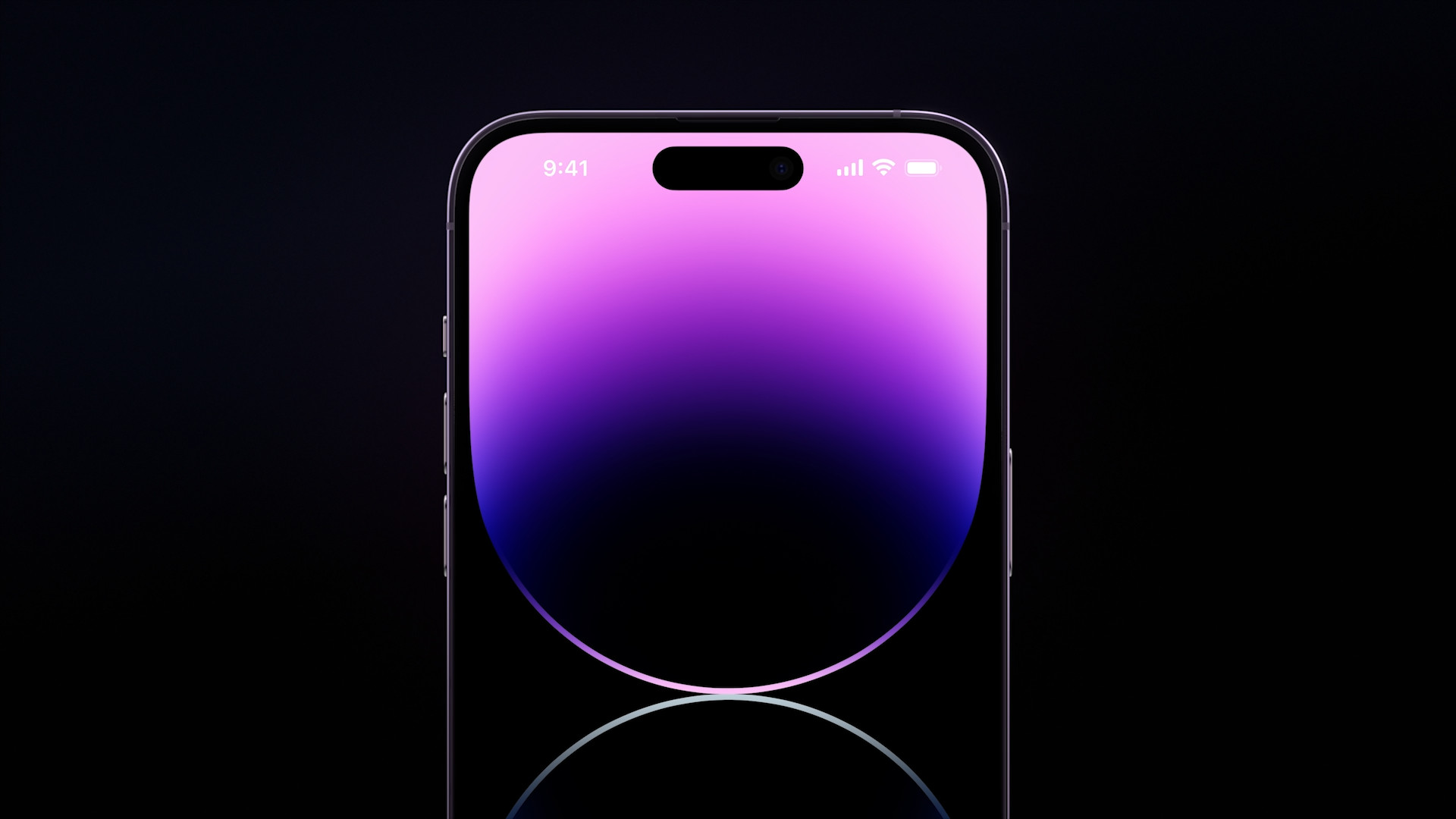Smartphone screens have grown significantly over the past decade. This can be seen perfectly, for example, by comparing the first and last iPhones. While the original iPhone (unofficially referred to as the iPhone 2G) offered a 3,5" screen, today's iPhone 14 boasts a 6,1" screen, and the iPhone 14 Pro Max even has a 6,7" screen. It is these sizes that can be considered today as a standard that has been held for several years.
It could be interest you

Of course, the larger the iPhone, the more weight it logically has. It is the size of iPhones that has been constantly increasing over the last few years, even in cases where the phone as such remains the same size, i.e. its screen. In this article, we will therefore shed light on how the weight of the largest iPhones has increased over the past few years. Although weight as such moves very slowly, she has already gained over 6 grams in 50 years. Just for fun, 50 grams is almost a third of the weight of the popular iPhone 6S. It weighed 143 grams.
The weight increases, the size does not change anymore
As we mentioned right at the beginning, iPhones have been getting bigger and bigger in recent years. This can be clearly seen in the attached table below. As it follows, the weight of iPhones is constantly increasing, literally slowly but surely. The only exception was the iPhone X, which set a new trend in the smartphone world. By removing the home button and side frames, Apple could stretch the display over the entire screen, which increased the diagonal as such, but in the end the smartphone was even smaller in terms of dimensions than its predecessors. But the question is also whether the legendary "Xko" can even be considered the "biggest iPhone" of its time. The iPhone X did not have a larger Plus/Max version.
| Weight | Display diagonal | Year of performance | Dimensions | |
|---|---|---|---|---|
| 7 iPhone Plus | 188 g | 5,5" | 2016 | 158,2 x 77,9 x 7,3 mm |
| 8 iPhone Plus | 202 g | 5,5" | 2017 | 158,4 x 78,1 x 7,5 mm |
| iPhone X | 174 g | 5,7" | 2017 | 143,6 x 70,9 x 7,7 mm |
| iPhone XS Max | 208 g | 6,5" | 2018 | 157,5 x 77,4 x 7,7 mm |
| iPhone 11 Pro Max | 226 g | 6,5" | 2019 | 158,0 x 77,8 x 8,1 mm |
| iPhone 12 Pro Max | 226 g | 6,7" | 2020 | 160,8 x 78,1 x 7,4 mm |
| iPhone 13 Pro Max | 238 g | 6,7" | 2021 | 160,8 x 78,1 x 7,65 mm |
| iPhone 14 Pro Max | 240 g | 6,7" | 2022 | 160,7 x 77,6 x 7,85 mm |
Since then, iPhones have gotten heavier and heavier again. Although the weight is increasing, growth in terms of dimensions and display diagonal has practically stopped. It seems that Apple has finally found the ideal sizes for its iPhones, which have practically not changed in recent years. On the other hand, the differences between the iPhone 13 Pro Max and iPhone 14 Pro Max models are absolutely minimal. It only weighs two grams, which makes practically zero difference.
What will the next iPhones be?
The question is also how the next generations will be. As we mentioned above, smartphone manufacturers generally seem to have found ideal sizes to stick to in recent years. This does not only apply to Apple - competitors are following roughly the same footsteps, for example Samsung with its Galaxy S series. Therefore, we should not expect a certain change in the largest models of Apple iPhone phones.
It could be interest you
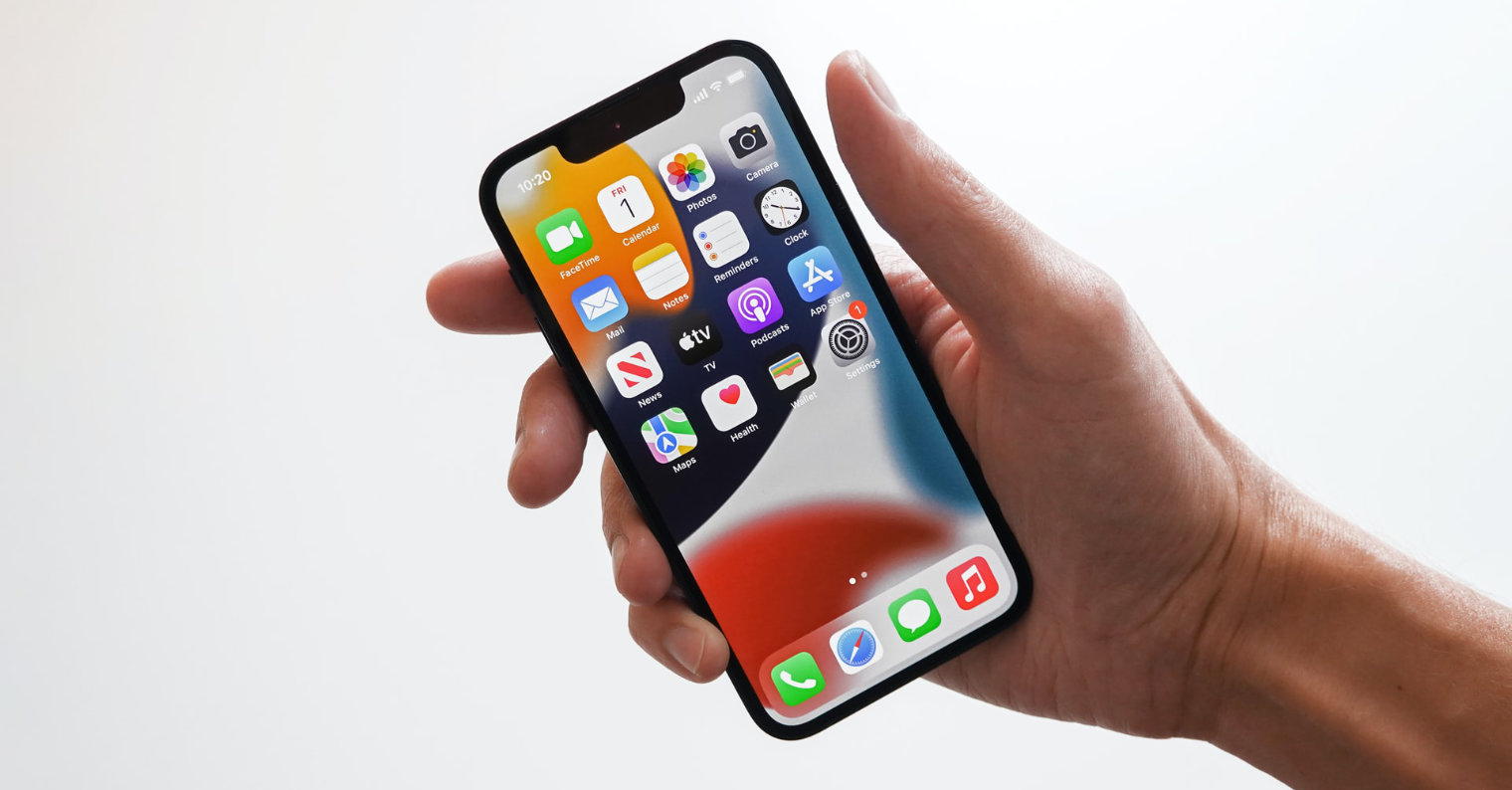
Nevertheless, it is possible to partially estimate what could bring certain changes regarding weight. The development of batteries is often mentioned. If newer and better technologies for batteries were to appear, it is theoretically possible that their size and weight could be reduced, which would then affect the products themselves. Another potential difference could be made by flexible phones. However, they fall into their own specific category.



